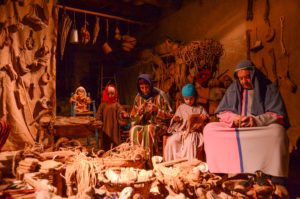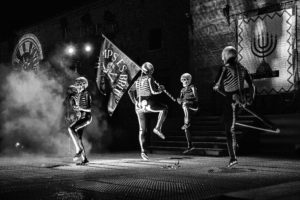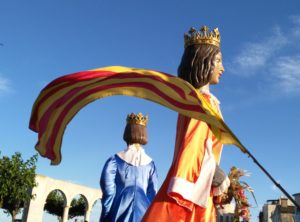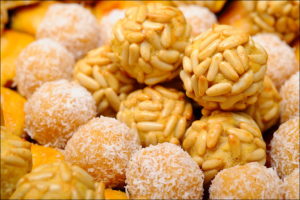Carnival
-
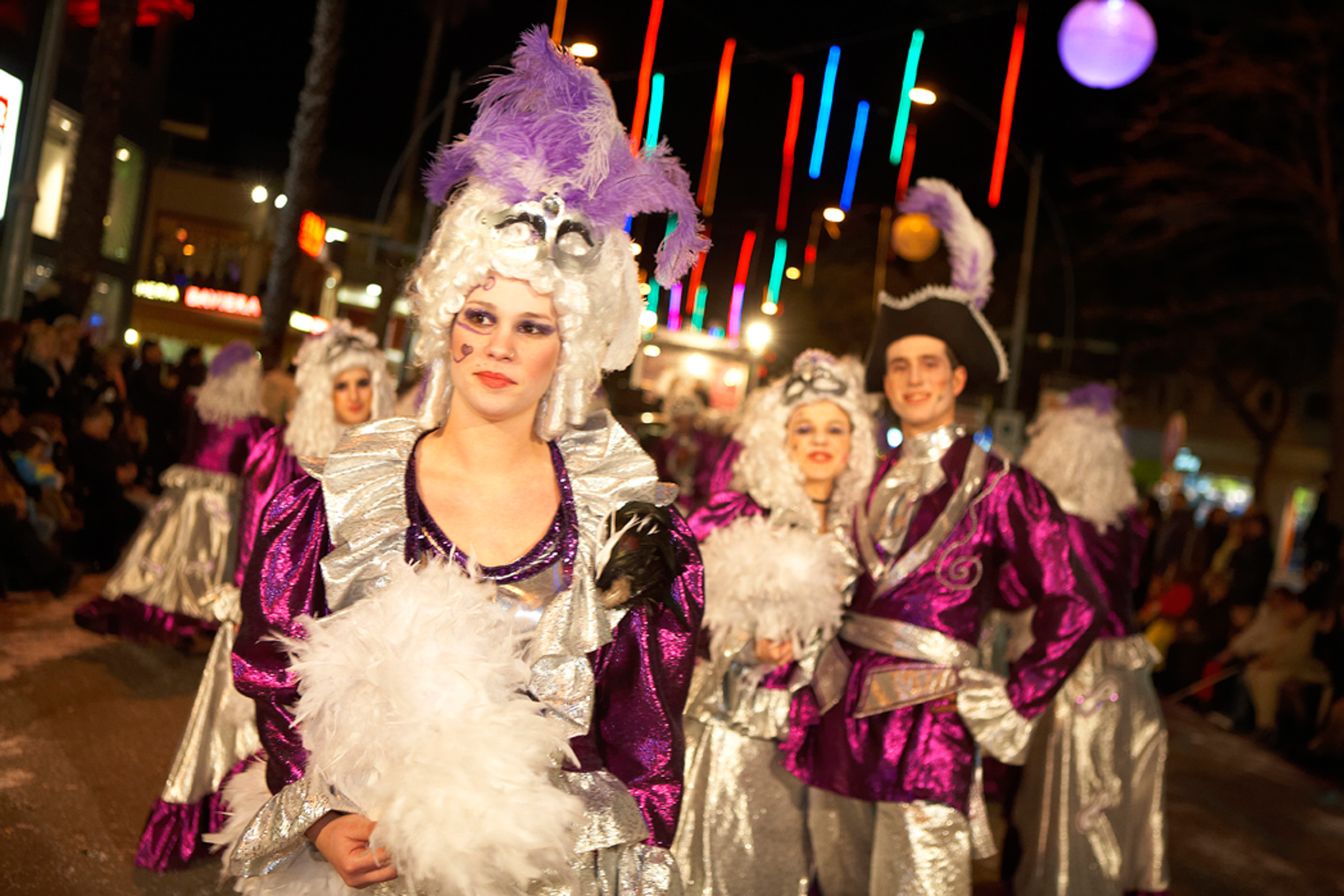
Carnival, the wildest festival of the year, has its roots in Roman Saturnalia festivals and in the Judeo-Christian tradition. This is a period of celebration before the austerity of Lent in which social norms are blurred and all excesses seem to be permitted. It usually starts with dijous gras or dijous llarder (Fat Thursday) and is characterised by foods that combine meat and eggs (for example, the botifarra d’ou sausage with egg in it).
Around here, carnival is presided over by Rei Carnestoltes (the Carnival King), a fictitious character who inaugurates the celebrations on the Saturday and is tried and condemned on the following Tuesday. With his death and burial, an act known as the burial of the sardine, carnival draws to a close (Ash Wednesday) and Lent begins. Parades of carnival floats are the other important part of the celebration, a real spectacle of design, choreography and music.
The Baix Empordà has carnival parades with very deep roots, especially on the coast in towns such as Sant Feliu de Guíxols, Platja d’Aro, Palamós, Sant Antoni de Calonge and Santa Cristina d’Aro, that attract spectators and groups of friends from all over.
COMPARTEIX A LES XARXES SOCIALS:


 Escoltar
Escoltar 